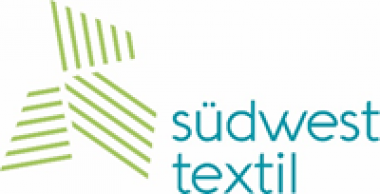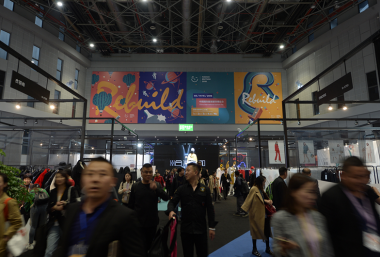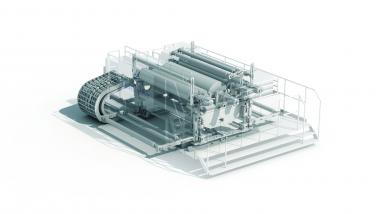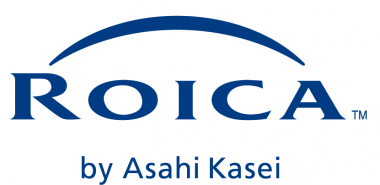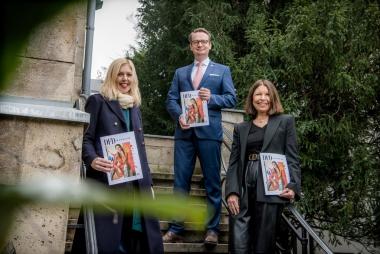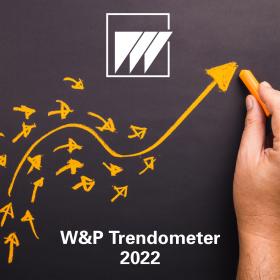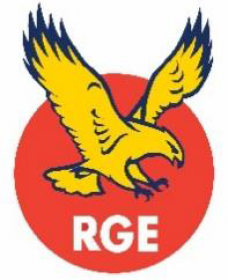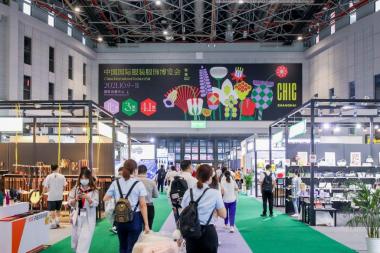Südwesttextil: Aufhebung der SARS-CoV-2-Arbeitsschutzverordnung
- Südwesttextil begrüßt die Veröffentlichung eines Referentenentwurfs zur vorzeitigen Aufhebung der SARS-CoV-2-Arbeitsschutzverordnung.
Bundesarbeitsminister Hubertus Heil hat angekündigt, die Corona-Arbeitsschutzverordnung, die bis zum 7. April 2023 laufen sollte, bereits zum 2. Februar 2023 auslaufen zu lassen. Ein entsprechender Referentenentwurf liegt vor.
Die Entscheidung begründet das Bundesministerium für Arbeit und Soziales (BMAS) mit der stetigen Abnahme der Häufigkeit und Schwere von Infektionen mit SARS-CoV-2, den allgemein günstigen Prognosen hinsichtlich des mittel- und langfristigen Infektionsgeschehens sowie mit der zunehmenden Immunität in der Bevölkerung und dem Ausbleiben neuer Varianten.
Vor dem Hintergrund, dass bereits seit Mitte November Quarantäne und Absonderung in Baden-Württemberg und vielen anderen Bundesländern an den endemischen Charakter des Virus angepasst worden sind, begrüßt der Arbeitgeberverband der südwestdeutschen Textil- und Bekleidungsindustrie das Vorhaben, die Corona-ArbSchV aufzuheben. Hauptgeschäftsführerin Edina Brenner erklärt: „Wir haben als Wirtschaft das Hochlaufen des pandemischen Schutzes mitgetragen und selbstverständlich Verantwortung übernommen. Mit dem Auslaufen vieler Corona-Beschränkungen muss die Arbeitsschutzverordnung aber analog angepasst werden. Die Ankündigung von Bundesminister Heil ist daher überfällig – der Virus ist leider längst Bestandteil unseres Alltags. Nach der Aufhebung der SARS-CoV-2-Arbeitsschutzverordnung sind die angekündigten unverbindlichen und praxisgerechten Empfehlungen des BMAS für zukünftige Infektionsausbrüche ausreichend und angemessen.“
Verband der Südwestdeutschen Textil- und Bekleidungsindustrie Südwesttextil e.V. Südwesttextil Covid-19 Arbeitsschutz
Südwesttextil – Verband der Südwestdeutschen Textil- und Bekleidungsindustrie e.V.


